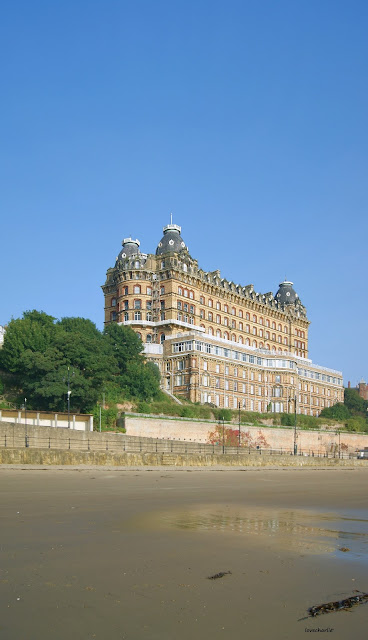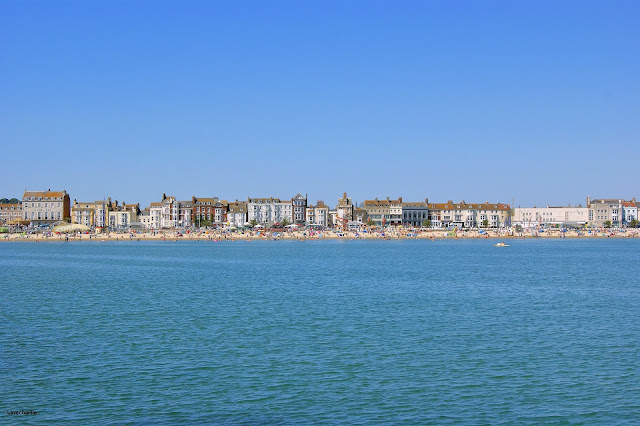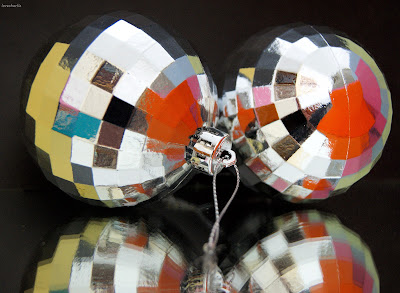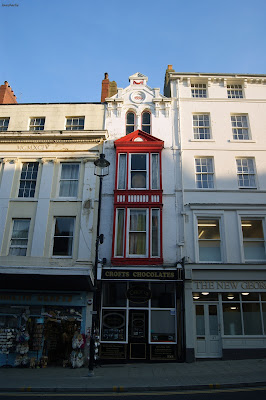The Grand Hotel Scarborough
The Grand Hotel in Scarborough is an iconic building overlooking the town's South Bay, when it first opened in 1867 it was not only the largest brick hotel in Europe but also the largest brick building on the continent. Built in the shape of a V to honour reigning monarch of the time Queen Victoria it's design is based around the theme of time with four domes representing the four seasons, twelve floors, one for each month of the year, fifty two chimneys to represent the weeks of the year and 365 rooms one for each day of the year. It's facade is influenced by the French architecture of the time known as French Second Empire that was popular throughout Napoleon III's reign between 1851 and 1870 the characteristics of which include elaborate detail, mansard roofs and low domes. Built on an elevated stretch of land that runs just behind the seafront the sea facing facade has three extra floors than it's St. Nicholas Cliff (street) facing front.
Scarborough is known as the first seaside resort in the country after mineral water was found flowing into the South Bay in 1626, believed to heal minor ailments people started visiting Scarborough to benefit from this medical water. By the mid 1700s Scarborough had become an established resort and spa town with thousands visiting every year, its popularity increased with the arrival of the railway in 1845 bringing even more tourists to the area. Construction of the Grand Hotel began in 1863 and by 1867 at a cost of £100,000 it was completed, with it's impressive facade and decorative interior the hotel attracted the more wealthy visitor who could wash in either fresh or sea water through special taps installed into the building.
The Grand Hotel was damaged during WWI when on the 16th December 1914 Scarborough came under fire from the German Navy. During WWII the hotel had a more positive role when it became the home to RAF trainees and anti aircraft guns were placed in the four domes.
In 1978 the holiday chain Butlins bought the Grand Hotel and offered it as a more affordable place to stay for it's family orientated customers. In 2004 it was sold to the hotel chain Britannia and has since had something of a rocky imagine with many claiming the glamour has sine been tarnished.
The Grand Hotel is made of red brick with terracotta dressing, the street facade contains a basement then fours floors with the fourth floor windows interspersed by decorative stone corbels (brackets) of a large cornice and then a further two attic floors. The first two floors feature round headed windows, with a ornate balcony running along the first floor, the first, second and third floors are separated by decorative cornices. Above the decorative corbels and cornice of the fourth floor is the roof and two floors of dormer windows the first floor of these feature decorative pediments with ball finials, the central window features a two storey pediment featuring pilasters, a figure head, a circular window and more ball finials, rising from each of the four corners are two storey domes standing above a single brick and terracotta attic storey with a central window featuring a highly decorative pediment, supported by figures and on either side of these figures are large elaborate bas-reliefs. The narrow end of the hotel (remember the building is V shaped) is bowed (curved) it copies the style of the building apart from it's mansard roof above the decorative fourth floor cornice and below two of the four corner domes.
The extra three floors that face the sea continue the style of the building but with curved, protruding corners, almost resembling turrets and a curved middle section, a fourth more modern floor, made virtually of windows tops the seafront side of the hotel, upon which is an outside seating area.
The Grand Hotel lives up to it's name and well deserves it's Grade II Listed status.





Comments
Post a Comment